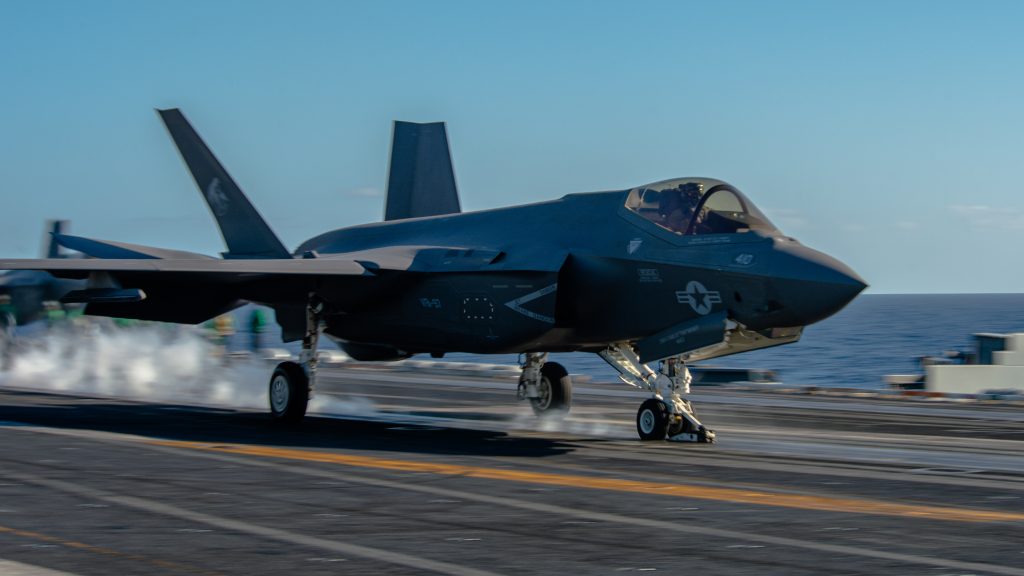Flight
Operations
Our Flight Department offers full spectrum Flight Test Support including aircraft modification and FAA certification, training, test planning, range liaison, flight test risk mitigation review, flight operations, and test reporting.
ASEC’s Flight Operations department grew out of a customer need to demonstrate various systems beyond those used on government research aircraft. This started in 2004 when ASEC first acquired a Navion L-1A aircraft to support unmanned aircraft flight systems in the National Airspace. From these early beginnings, we expanded to include DHC-6-300 Twin Otters, a Beech Super King Air 300, and our most recent addition, a Basler conversion Douglas DC-3 aircraft. These low-cost, easily configured aircraft have been ideal platforms for supporting multiple programs over the years.
ASEC flight personnel have the critical experience to conduct a variety of research and development testing. With office space conveniently located right outside Gate Two of NAS Patuxent River and ASEC aircraft hangered within 8 miles of NAS Patuxent River, we provide convenient and cost-effective research and development testing. ASEC’s Flight Department has a 16-year history of conducting safe and efficient flight support to government and commercial partners.

Flight Test SUPPORT
Our Flight Operations department offers full spectrum Flight Test Support, including aircraft modification and FAA certification, training, test planning, range liaison, flight test risk mitigation review, flight operations, and test reporting.
Research AND development
We currently operate three Part 91 General Aviation aircraft specially modified to conduct research and development of advanced sensors.
EXPERIENCED TEST PILOTS
Our Navion aircraft and three of our experienced test pilot instructors previously conducted Qualitative Evaluations for the USNTPS Short Courses under contract N00421-12-P-0002.
FAA PART 91
ASEC operates to FAA Part 91 commercial best practices using a Flight Operations Manual that follows the International Standard for Business Aircraft Operations (IS-BAO) standard, use of certified simulator training, and adherence to member guidelines provided by the National Business Aviation Association (NBAA).
ASEC flight personnel have the critical experience to conduct a variety of research and development testing.
ASEC can provide a turn-key flight operation:
- Aircraft selection
- Aircraft modification and certification
- Test planning
- Aircraft flight operations
Aircraft
BASLER BT 67
The Basler BT-67 aircraft is produced by Basler Turbo Conversions of Oshkosh, Wisconsin. It uses a retrofitted Douglas DC-3 airframe with modifications designed to significantly extend the DC-3’s serviceable lifetime. The conversion includes installation of Pratt & Whitney Canada PT6A-67R turboprop engines, lengthening the fuselage, strengthening the airframe, upgrading the avionics, and making modifications to the wings’ leading edges and wing tips.
Accessible airframes include modifications especially suited for research, development, and testing of payloads. Increased electrical power, multiple nadir ports, wing and belly hard mounts, and nose mounts are just a sample of the existing modifications available to support projects. The BT-67’s endurance allows for long data collection flights that maximize cost efficiency.
Beechcraft 300 Super king Air
The Beechcraft Model 300 is based on the B200’s King Air airframe and outfitted with more powerful engines (PT6A-60A, rated at 1050 SHP) with MTOW increased to 14,000 lb. The 300 Series offered “higher and hotter” performance and greatly improved the payload capability with full fuel compared to earlier models. Enhanced engine performance supported operations to the ceiling limit of 35,000 ft MSL.
Navion
The Navion is a single-engine, low wing, four-seat, aircraft originally built by North American Aviation as a general aviation successor to the P-51 Mustang. The aircraft is of all-metal construction with conventional flight controls and a stable platform for small project experimentation and data collection needs. It meets all FAA regulations for Part 91 aircraft. In the 16 years of operating this aircraft, reliability has exceeded 99%. The aircraft is ideally suited for testing UAV size payloads, up to 14” belly mounted payloads and up to 180-pound wing stores. The aircraft can also carry and freefall up to eight “A” size sono-stores.
